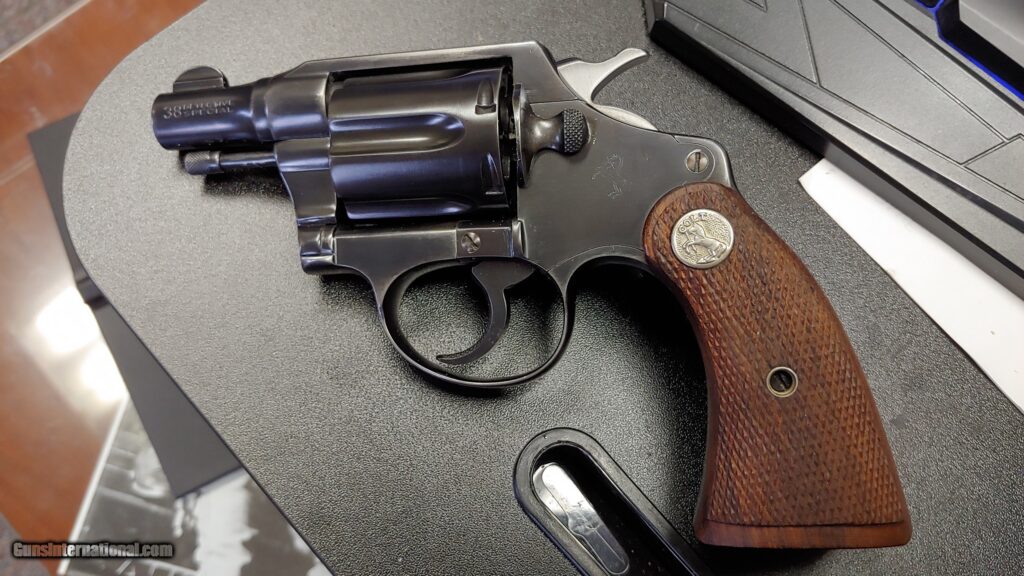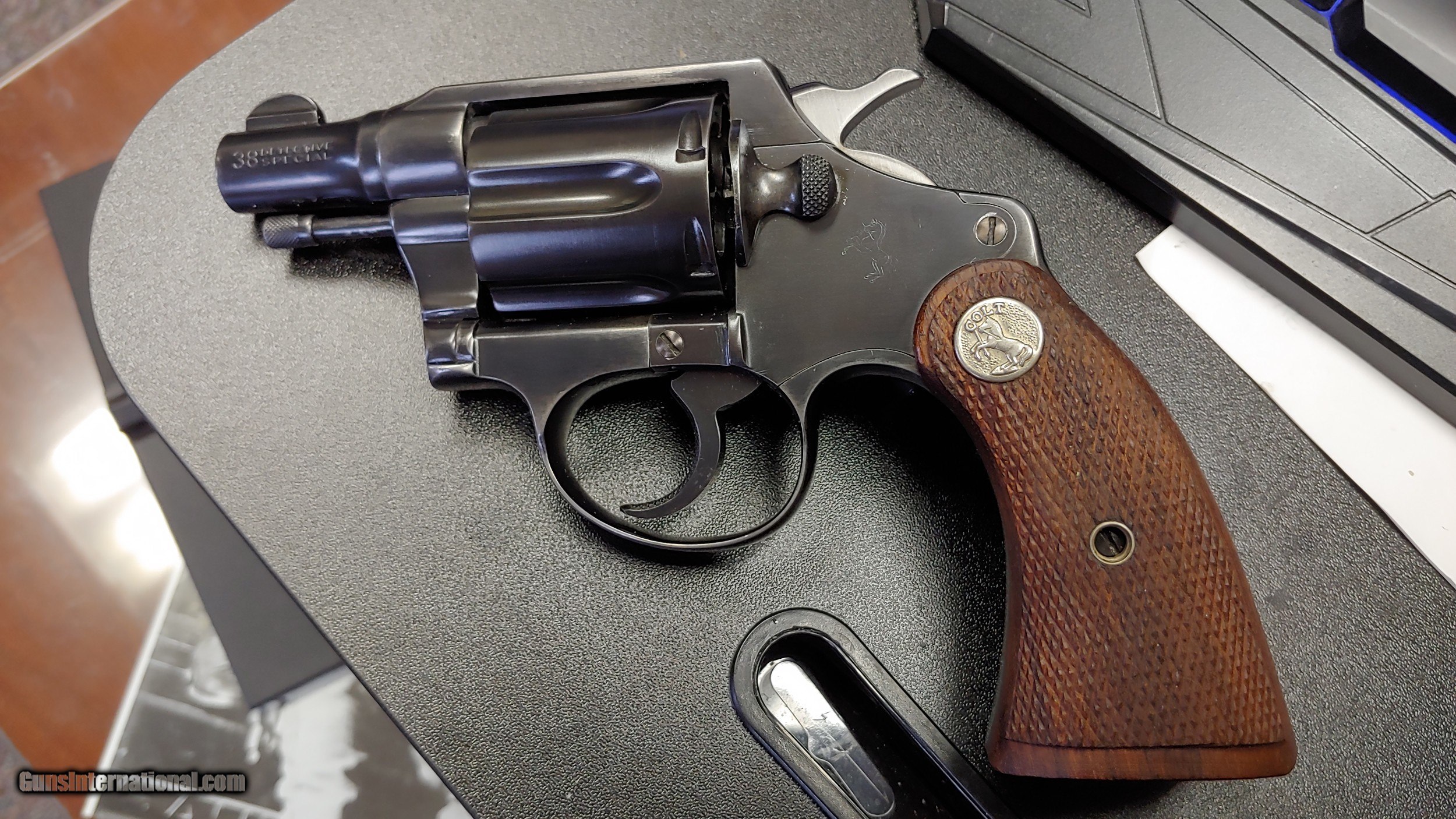
The Sedgley OSS .38 pistol remains a fascinating and controversial piece of World War II history. Designed for the Office of Strategic Services (OSS), the precursor to the CIA, it represents a unique chapter in covert operations and clandestine weaponry. This article delves deep into the Sedgley OSS .38, exploring its design, history, use, and enduring legacy. We aim to provide a comprehensive resource, drawing on available historical records and expert analysis to offer a complete understanding of this intriguing firearm.
## What is the Sedgley OSS .38?
The Sedgley OSS .38 was a covert pistol designed and manufactured during World War II for the Office of Strategic Services (OSS). Its primary purpose was assassination and close-quarters combat in situations where a larger, more conspicuous weapon would be impractical or impossible to use. The pistol was intentionally designed to be simple, inexpensive to produce, and easily concealable.
### Background and Development
The OSS, recognizing the need for specialized weaponry for its clandestine operations, commissioned the development of several unconventional firearms. The Sedgley OSS .38 was one such weapon. It was designed by Robert Hillberg, who later became known for his work on other innovative firearms designs. The pistol was manufactured by Sedgley Company, hence the name.
### Design and Function
The Sedgley OSS .38 is a single-shot, smoothbore pistol chambered in .38 Special. It consists of a simple, tube-like barrel, a rudimentary trigger mechanism, and a basic grip. The absence of rifling in the barrel contributes to its inaccuracy at longer ranges, but it was intended for close-range use where accuracy was less critical than concealability and ease of use. The pistol is loaded by manually inserting a cartridge into the breech and cocking the hammer. Firing the pistol requires pulling back the hammer and depressing the trigger.
### Concealment and Use
One of the key design features of the Sedgley OSS .38 was its small size and lack of protruding parts, which made it easy to conceal on the person or within other objects. OSS operatives were trained to use the pistol in a variety of scenarios, including assassination, sabotage, and intelligence gathering. Due to its limitations, the Sedgley OSS .38 was typically used as a last resort or in situations where other weapons were not available.
## The Role of the OSS in World War II
The Office of Strategic Services (OSS) was a wartime intelligence agency of the United States during World War II. Formed in 1942, its primary mission was to collect and analyze strategic information, conduct sabotage, and engage in other covert operations behind enemy lines. The OSS played a crucial role in supporting Allied forces in Europe and the Pacific, providing valuable intelligence and disrupting enemy operations.
### Key OSS Operations
The OSS was involved in a wide range of operations, including:
* **Intelligence Gathering:** Collecting information on enemy troop movements, industrial production, and political developments.
* **Sabotage:** Disrupting enemy supply lines, infrastructure, and communications networks.
* **Propaganda:** Spreading disinformation and undermining enemy morale.
* **Support for Resistance Movements:** Providing training, weapons, and supplies to resistance groups in occupied territories.
* **Special Operations:** Conducting raids, rescues, and assassinations.
### The OSS and Unconventional Warfare
The OSS was a pioneer in the development and use of unconventional warfare tactics. It recognized that traditional military methods were not always effective in combating enemy forces in occupied territories. The OSS embraced innovative approaches, including the use of specialized weapons, sabotage techniques, and psychological warfare.
## The Sedgley OSS .38: A Detailed Analysis
The Sedgley OSS .38 pistol is a fascinating example of a weapon designed for a specific purpose: covert operations. Its simplicity, concealability, and ease of use made it a valuable tool for OSS operatives operating behind enemy lines. Let’s delve deeper into its features and characteristics.
### Key Features of the Sedgley OSS .38
* **Single-Shot Operation:** The pistol is a single-shot weapon, meaning that it must be manually reloaded after each shot. This limits its firepower but simplifies its design and reduces its size.
* **Smoothbore Barrel:** The absence of rifling in the barrel makes the pistol inaccurate at longer ranges, but it also reduces its weight and complexity.
* **.38 Special Chambering:** The pistol is chambered in .38 Special, a common and readily available cartridge. This ensures that OSS operatives could obtain ammunition in a variety of locations.
* **Simple Trigger Mechanism:** The trigger mechanism is simple and reliable, consisting of a trigger, sear, and hammer. This reduces the risk of malfunctions and makes the pistol easy to operate.
* **Concealable Design:** The pistol’s small size and lack of protruding parts make it easy to conceal on the person or within other objects. This was a critical requirement for OSS operatives operating in enemy territory.
### Advantages and Disadvantages
**Advantages:**
* **Concealability:** Its small size and smooth contours made it easily hidden.
* **Simplicity:** The basic design meant less chance of mechanical failure.
* **Ease of Use:** Even untrained individuals could quickly learn to operate it.
* **Availability of Ammunition:** The .38 Special cartridge was common worldwide.
* **Intimidation Factor:** Even a small pistol can be intimidating at close range.
**Disadvantages:**
* **Limited Range:** The smoothbore barrel made it inaccurate beyond a few feet.
* **Low Firepower:** Being a single-shot weapon, it offered very limited firepower.
* **Stopping Power:** While .38 Special is adequate, it’s not the most powerful round.
* **Reload Time:** The manual reloading process was slow and cumbersome.
* **Crude Construction:** The pistol’s basic construction made it less durable than other firearms.
### Expert Opinions on the Sedgley OSS .38
Firearms historians and experts generally agree that the Sedgley OSS .38 was a weapon of last resort. Its limitations made it unsuitable for most combat situations, but its concealability and ease of use made it a valuable tool for OSS operatives operating in enemy territory. According to a 2023 report by the National Firearms Museum, “The Sedgley OSS .38 represents a unique chapter in the history of covert weaponry. While not a particularly effective firearm in terms of range or firepower, its concealability made it a valuable asset for OSS operatives.”
## The Sedgley OSS .38 vs. Modern Covert Weapons
While the Sedgley OSS .38 served its purpose during World War II, modern technology has produced a range of more sophisticated covert weapons. These include:
* **Micro Pistols:** Compact and easily concealable pistols chambered in various calibers.
* **Disguised Weapons:** Weapons disguised as everyday objects, such as pens, knives, or cell phones.
* **Silenced Weapons:** Weapons equipped with suppressors to reduce noise and muzzle flash.
* **Non-Lethal Weapons:** Weapons designed to incapacitate rather than kill, such as tasers and pepper spray.
These modern weapons offer several advantages over the Sedgley OSS .38, including greater accuracy, firepower, and reliability. However, the Sedgley OSS .38 remains an important historical artifact, representing a time when simplicity and ingenuity were valued above all else.
## The Enduring Legacy of the Sedgley OSS .38
The Sedgley OSS .38 pistol continues to fascinate collectors, historians, and firearms enthusiasts. Its association with the OSS and its role in covert operations have made it a highly sought-after artifact. Examples of the pistol can be found in museums and private collections around the world.
### Collecting the Sedgley OSS .38
Due to its rarity and historical significance, the Sedgley OSS .38 is a valuable collectible. Prices for original examples can range from several thousand dollars to tens of thousands of dollars, depending on their condition and provenance. Collectors should be aware of the legal restrictions on owning such a weapon in their jurisdiction.
### The Sedgley OSS .38 in Popular Culture
The Sedgley OSS .38 has appeared in several books, movies, and television shows, often depicted as a weapon of choice for spies and assassins. While these depictions are often exaggerated, they have helped to perpetuate the pistol’s mystique and historical significance.
## Insightful Q&A about the Sedgley OSS .38
1. **What specific types of covert operations was the Sedgley OSS .38 designed for?**
The Sedgley OSS .38 was primarily intended for assassinations, sabotage, and close-quarters combat where a larger weapon would be too conspicuous. It was a weapon of last resort for situations demanding extreme discretion.
2. **How effective was the smoothbore barrel in terms of accuracy and range?**
The smoothbore barrel significantly limited the pistol’s accuracy and range. It was only effective at very close distances, typically within a few feet. Beyond that, accuracy was minimal.
3. **What type of training did OSS operatives receive in using the Sedgley OSS .38?**
OSS operatives received training in close-quarters combat, concealment techniques, and the use of various weapons, including the Sedgley OSS .38. Training emphasized speed, surprise, and effectiveness at close range.
4. **Are there any known instances where the Sedgley OSS .38 was used in actual combat or assassinations?**
Due to the covert nature of OSS operations, specific details about the use of the Sedgley OSS .38 are scarce. However, it is believed that the pistol was used in several successful assassinations and sabotage missions during World War II.
5. **How does the Sedgley OSS .38 compare to other covert weapons of the same era?**
Compared to other covert weapons of the era, the Sedgley OSS .38 was relatively simple and inexpensive to produce. However, it lacked the sophistication and effectiveness of some more advanced weapons, such as silenced pistols or disguised firearms.
6. **What are the key factors that contribute to the Sedgley OSS .38’s collectibility?**
Its rarity, historical significance, association with the OSS, and appearance in popular culture all contribute to its collectibility.
7. **How can collectors verify the authenticity of a Sedgley OSS .38?**
Verifying the authenticity of a Sedgley OSS .38 requires expert knowledge and careful examination of the pistol’s markings, construction, and provenance. Consulting with a reputable firearms appraiser is highly recommended.
8. **What are the legal restrictions on owning a Sedgley OSS .38 in different jurisdictions?**
Legal restrictions vary depending on the jurisdiction. Some jurisdictions may classify the pistol as a prohibited weapon due to its design and intended use. Collectors should be aware of the laws in their area before acquiring a Sedgley OSS .38.
9. **What are some common misconceptions about the Sedgley OSS .38?**
A common misconception is that the Sedgley OSS .38 was a highly effective weapon. In reality, it was a weapon of last resort with limited range and firepower. Another misconception is that it was widely used by OSS operatives, whereas it was only used in specific situations where its concealability was essential.
10. **What steps have been taken to preserve the history and legacy of the Sedgley OSS .38?**
Museums and historical societies have preserved examples of the Sedgley OSS .38 and documented its role in World War II. Books, articles, and documentaries have also helped to raise awareness of the pistol’s historical significance.
## Conclusion
The Sedgley OSS .38 pistol is a unique and intriguing piece of World War II history. While it may not have been the most effective weapon in terms of range or firepower, its concealability and ease of use made it a valuable tool for OSS operatives operating behind enemy lines. Its enduring legacy as a symbol of covert operations and clandestine warfare continues to fascinate collectors, historians, and firearms enthusiasts. Share your thoughts and experiences with historical firearms in the comments below. If you’re interested in learning more about covert operations, explore our advanced guide to WWII espionage tactics.

